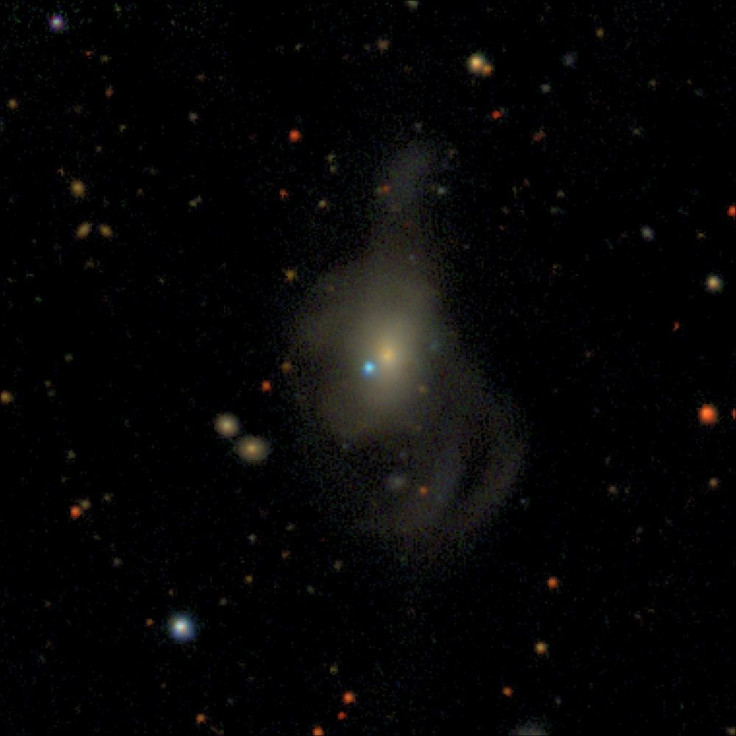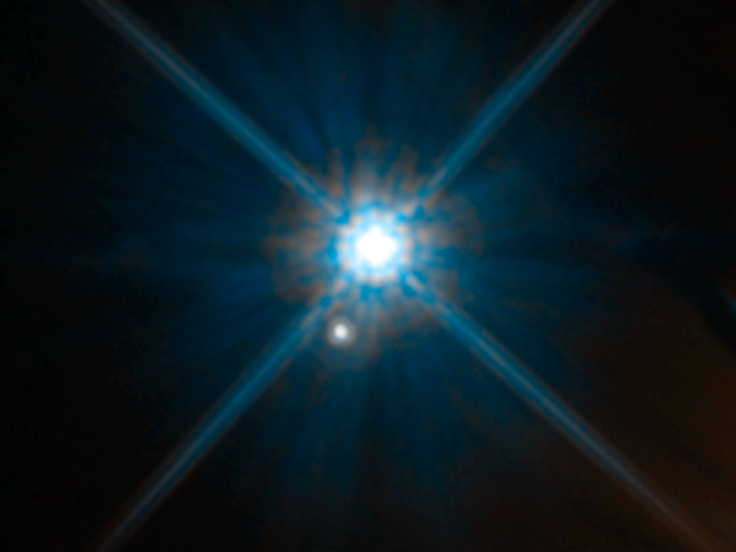Astronomers Spot White Dwarf Explosion With UV Flash For The Second Time
KEY POINTS
- A team of researchers observed a white dwarf supernova accompanied by a UV flash
- It is only the second time for such an event to be observed
- The researchers have the chance to observe the rare event as it progresses
- Eventually, they may find what really caused the rare event to occur
A team of researchers has spotted a rare type of supernova. It is only the second time ever for such an event to be observed.
In December 2019, a team of researchers spotted a supernova event in a galaxy 140 million light years away just a day after it exploded. They dubbed the event SN2019yvq and classified it as a type Ia supernova, which is a common event when white dwarfs explode.
However, the event wasn't exactly a common one because the white dwarf explosion was also accompanied by a flash of ultraviolet (UV) light, making it an extremely rare event. In fact, according to the researchers, this may be only the second instance wherein a type Ia supernova was accompanied by a UV flash. In this case, the flash lasted for a couple of days.

What's interesting is the fact that white dwarfs tend to become cooler as they get older while UV light tends to be very hot. So, having a white dwarf explosion accompanied by a UV flash suggests that there was something very hot at or close to it.
"The simplest way to create UV light is to have something that's very, very hot," study lead and astrophysicist Adam Miller of Northwestern University said in a news release. "We need something that is much hotter than our sun — a factor of three or four times hotter. Most supernovae are not that hot, so you don't get the very intense UV radiation. Something unusual happened with this supernova to create a very hot phenomenon."
According to the researchers, there are several possible scenarios that may have caused the unique event, from a white dwarf consuming a companion star to the white dwarf having extremely hot radioactive material at its core, all of which would cause a white dwarf to explode with a UV flash.
But further observations are needed to determine which one it may actually be.
"Each of these models has shortcomings when compared to the observations; it is clear additional tuning is required to better match SN 2019yvq," the researchers wrote.
The researchers have the time to observe the aftermath of the explosion and eventually determine which of their hypotheses would turn out to be the right one.
"The UV flash is telling us something very specific about how this white dwarf exploded," Miller said. "As time passes, the exploded material moves farther away from the source. As that material thins, we can see deeper and deeper. After a year, the material will be so thin that we will see all the way into the center of the explosion."
With these observations, the researchers may uncover insights, not just for this particular event but, for the explosion of other white dwarfs as well. Further, the event could also provide valuable information on planet formation and dark energy.
The observations were made using the Zwicky Transient Facility in California and NASA's Neil Gehrels Swift Observatory. The study is published recently in The Astrophysical Journal.

© Copyright IBTimes 2024. All rights reserved.






















